Dreadlocks: From Egypt to Jamaica and beyond....
Some people call them Dreadlocks and other say Locks. This hairstyle many times looks like not a style. But it has more history in its background than weed and African traditions in the Caribbean.
In this post I'll present you some of these entries where Dreadlocks made their way into the history.
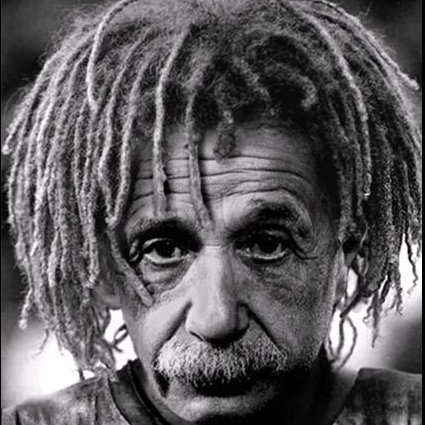
Since celebrities like Bob Marley and Whoopi Goldberg introduced this hairstyle to the showbiz, a lot more people got into this trend. New generations just missed the roots of that movement. But, Is it really a movement? or What is it?
To talk about Dreadlocks we need to go back in time thousands of years. No! it didn't start with the reggae music in the 70's.
From Greece to the Germanic tribes
(credits: www.metmuseum.org)
Did you know that one of the first examples of this original hairstyle appeared on Egyptians artifacts?..... Mummified remains of ancient Egyptians with Dreadlocks were recovered on archaeological expeditions.
According to the book: Twisted: My Dreadlocks Chronicles from Dr. Bert Ashe, written evidence found on India's Vedic scripture show the deity Shiva wearing Dreadlocks. The word used in the scripture is "jaTaa" which means "twisted lock of hair".
The Celts had "hair like snakes" according to Roman accounts. It was said that also the Vikings had dreadlocks and the ancient Greeks as well.
What about Samson and Delilah?..... The Old Testament also talks about Samson's power linked directly to "the seven locks in his head".
Dreadlocks and Spirituality
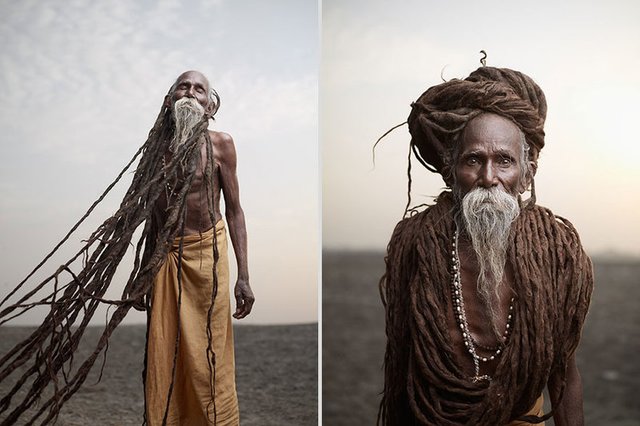
(credits: www.boredpanda.com)
Dreadlocks were symbol of a spiritualist's understanding that vanity and physical appearances are unimportant.
Dreadlocks and shaved head are considered as 2 faces of the same coin, which has the same aim: disregard for vanity associated with physical appearances.
Shaved head — such as Shaolin monks — usually resonate more with those spiritualists who include elaborate rituals on their religious path, while those who have non-ritualistic paths prefer let the hair grow altogether and then develop Dreadlocks.
In the East, Yogis, Gyanis, and Tapasvis and in the West, the Nazarite are well known for developing Dreadlocks.
Eastern and Western traditions believe that body-mental spiritual energies exit the body through the top of the head and the hair. With knotted hair the energy remains within the body keeping the person more healthy and strong.
African Dreadlocks
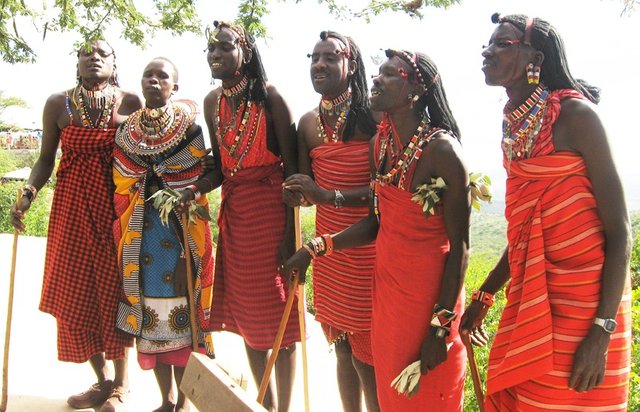
(credits: kenyamissionblog.files.wordpress.com)
Maasai warriors are famous for their long, thin, red locks. Many people dye their hair red with root extracts or red ochre.
In various cultures those who are known as shamans, spiritual men or women who serve and speak to spirits or deities, often wear locks.
In Nigeria, some children are born with naturally locked hair and are given a special name: "Dada".
Yoruba priests of Olokun, the Orisha of the deep ocean, wear locks. Another group is the Turkana people of Kenya.
Around those groups in Africa this hairstyle is usually referred to as a powerful element to who is wearing it. Could be leader, warrior, priest or shaman.
Jamaican Dreadlocks
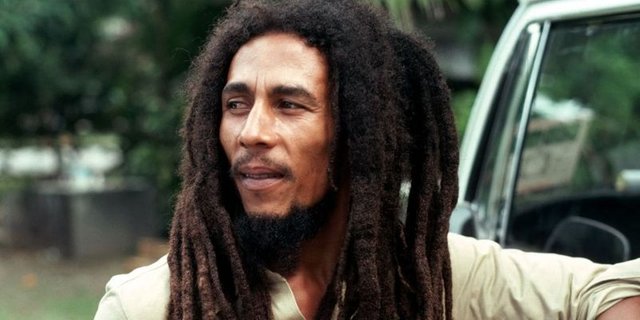
(credits: thetab.com)
Around the industrial Era, the world outside India didn't see so much Dreadlocks.
Then, at the beginning of the Twentieth Century, in Harlem (New York) a social-religious movement started. Marcus Garvey was the leader.
The black population of Jamaica became enthusiastic followers. This group had their influences from 3 sources:
1. The Old and New Testament
2. African tribal culture and,
3. The Hindu culture that was having strong presence in the West Indies
Those followers called themselves "Dreads". The meaning of that name was that they had fear, dread or respect for God.
Emulating their Hindu influences, those "Dreads" let their hair grow and become locks, which will become known as "Dreadlocks" or the hairstyle of the Dreads.
Rastafari Culture & Dreadlocks
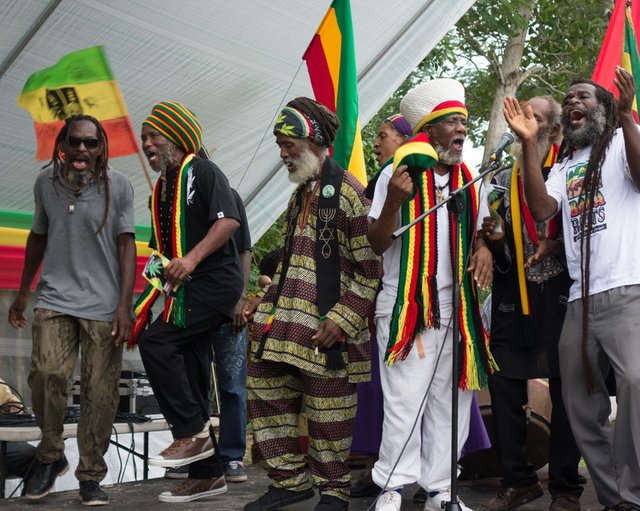
(credit: es.globalvoices.org)
Rastafari is quite known as movement or religion but resonate more as a way of living or culture which appeared in Jamaica in the 30's.
Rastafari, Rastas, Rastafarians or just Ras are some of the way that those who integrate this community are called.
Rastas see Haile Selassie I as a leader and was the root of the name itself. Rastafari is taken from the Ethiopian title Ras that is equivalent to a chief or headmaster. Tafari was the first name of the leader before he got the coronation as Emperor of Ethiopia (Tafari Makonnen).
Another version says that when the emperor was forced into exile during an invasion, guerrilla warriors swore not to cut their hair until the emperor was reinstated.
The hairstyle stuck as a way or rebellion against the norm and to provoke the society. I'm different and this is my nature.
Even nowadays it's used to symbolize the beginning of a new cycle in life.
Dr. Ashe wrote in his book "At first, the hair choices of the Rasta brethren were seen as frightening to children, destabilizing to society, and possibly even sacrilegious," As you can see Dreadlocks and Rastafari way of life found their path but were not born together.
Some Rastas do not have Dreadlocks and many of those who have Dreadlocks aren't Rastas.
Then, Bob Marley appeared in the 70's
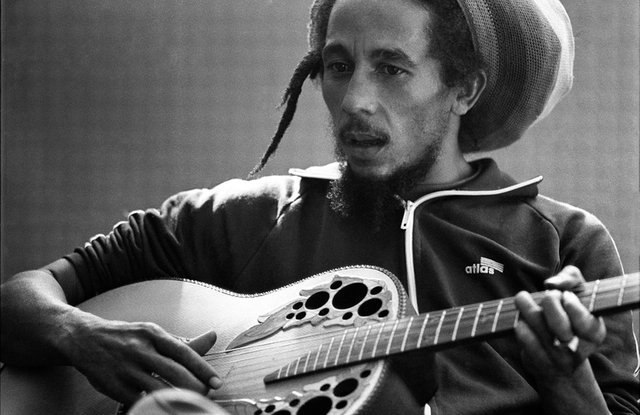
(credit: www.partymenu.eu)
Bob Marley put together 3 symbols and showed them to the world: Reggae music, Jamaica and the Rasta culture.
People did not understand much about that. But it wasn't relevant anymore because the rhythm of his songs and the lyrics were something impossible to miss out.
Bobby and his Dreads, Jamaica and Reggae music, Rastafari culture and Ganja became the new message going around the world — even if many people did not understand at all the relationship between those elements —
I have to say that many of Bobby's messages didn't go far into the mind of those who were or perhaps are so into the hairstyle itself. But, this is another story which is outside of the scope of our conversation today.
....That until there no longer first class and second class citizens of any nation,
Until the color of the man's skin is of no more significance of the color of his eyes, me say war
From Jamaican Reggae to the Movies
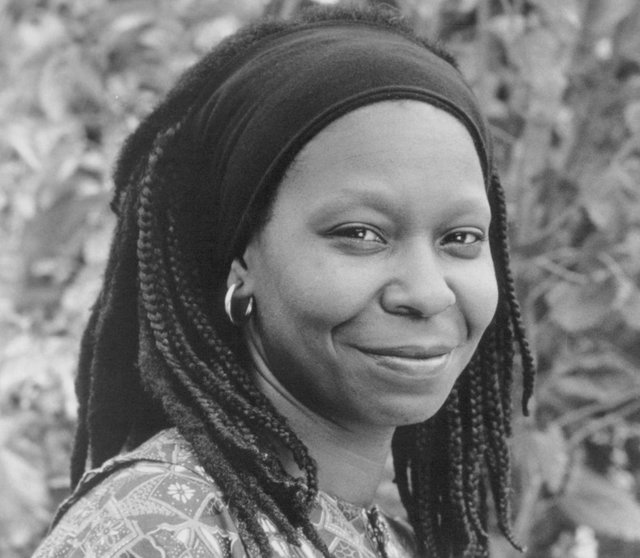
(credit: spanish.fansshare.com/)
Normal is nothing more than a cycle on a washing machine
In the 80's a new face was wearing Dreadlocks. She wasn't from Jamaica, she didn't sing reggae or was part of the Rastafari culture....
So who was this woman?
Caryn Elaine Johnson, better know as Whoopi Goldberg. She was just a woman who likes the hairstyle and decided to wear it and that become part of her.
By being a black woman from NY with a rising level of fame. Whoopi gave kind of cultural guidance or permission for African Americans to wear Dreads.... Then, more artists — and normal people too — were open to wear the hairstyle without being connected to the Rasta culture.
In the past, and today as well, many people like Dreadlocks but prefer no to get it done to avoid the society implications of it. That's what I think.
Dreadlocks nowadays...
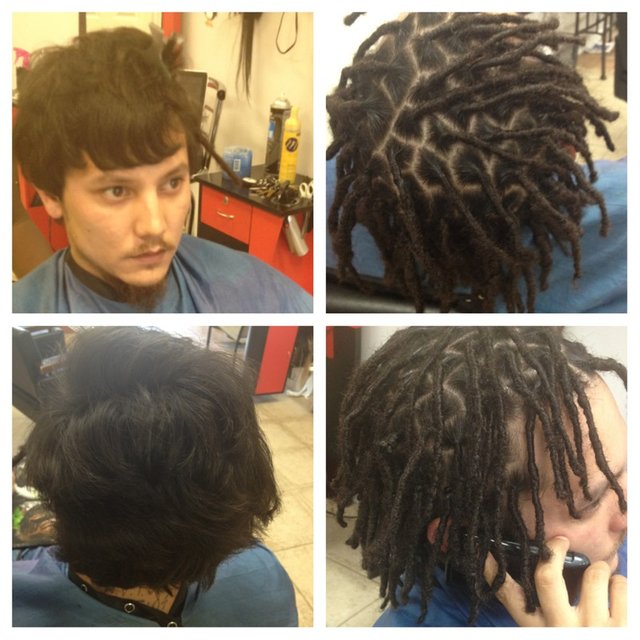 (credit: thebraidingdepot.com)
(credit: thebraidingdepot.com)
In the last years, Dreadlocks became more about fashion and trend than Rasta culture or spirituality.
Many athletes decided to have Dreads and as a result, fans and followers also enjoy to keep the trend and wear the hairstyle.
It's interesting to note that even today, when Dreadlocks aren't actually something unusual or rare to find, some people still have reservations about those who wear it.
We humans are hard to accept that something or someone is different of what we used to know yesterday.
Looks like Dreadlocks, Reggae, Bob Marley and the Rasta culture will remain as one entity forever despite some other groups which are also known for wearing the hairstyle.
Ashe also wrote about it in his book "It’s almost as if the cultural DNA of the hairstyle is Rasta, Jamaica, reggae music, and the farthest it gets from that source, it still retains some critical strands of that cultural DNA and it simply cannot be unwoven in a way that is interesting. And, I don’t know if it will remain that way, but it sure seems like it. It’s 2015, Bob Marley died in 1981, and the connection still seems to be there."
Different types of Dreadlocks....
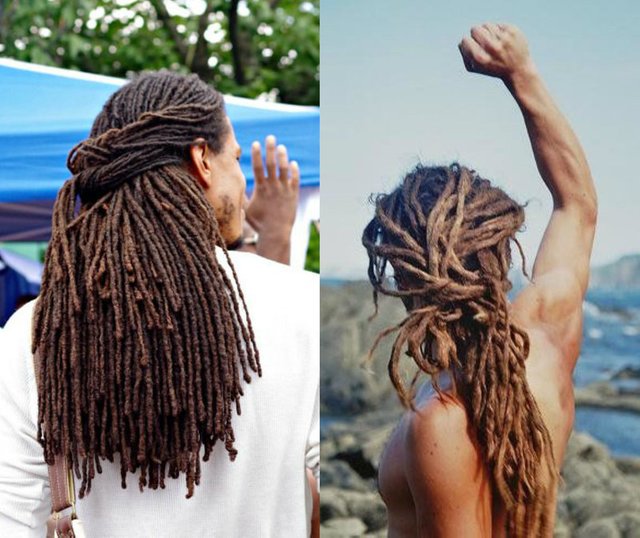
(credit: hairdrome.com)
Yes! There's different types of this hairstyle.
Some people just let the hair grow and get matted until it locks itself while some other use a crochet and twisting techniques to make the hair locks in a specific way — I'm a part of the second group —
But everything depends on the type of your hair, some types — mostly afro-descendants — will have more tendency to develop Dreadlocks with less effort. Other types of hair need hours of back combing technique to make the locks appear.
As you can see, Dreadlocks usually mean dedication and a lot of haircare for the person who decide to wear it. But, it probably will appear if you just stop washing and combing your hair for a while... just to let you know ;)
I am not a Rasta but I like their way of thinking. I like Dreads and that's why I started to develop them back in 2012 for the first time when I was living in the Caribbean.
After 1 year I needed to go into the system again and work for a Telecom company in my country so I cut them out (It was hard, believe me). Then, in May 2015, my life turned upside down so I decided to jump out of the system and let them grow again. This time I'm planning to have them for much longer period.

Well, I hope you got better understanding about this hairstyle that isn't that dreading or fearing anymore but keep being called Dreadlocks.
Thanks for reading and don't forget to share the good vibes
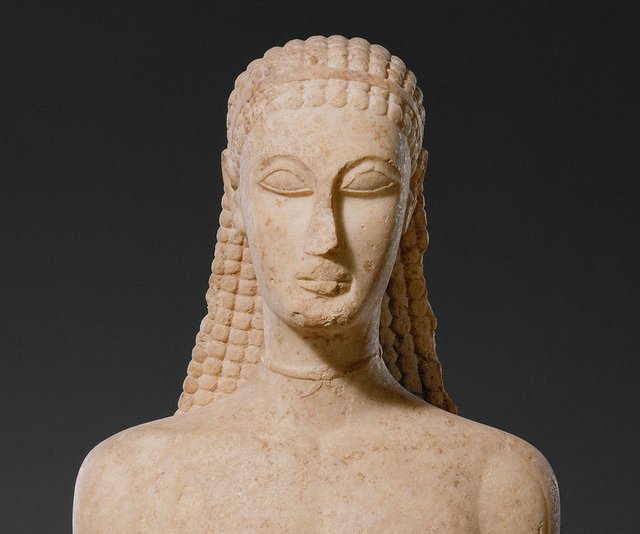
It'll be the Return of the Dread I when I get back.
I've had five sets of dreads in my life, and dreaded up many a head. Some even call me DR. DREAD. The last time I cut my dread off, I had 234 dreads in my head. I'll send some pics later. Nice Post.
Cool man.... Are you planning to have them again?
Sometimes, its kind of hard not to....
They kind of grow on you, you know?
Of course ! I know what you mean...
I enjoyed your post very much. I've always been interested to learn how and where the dread hairstyle came about. It's fascinating to look upon someone who chooses to wear the style. It's an organic type of beauty.
Thanks for reading... That's why I like it, It's very natural hairstyle
Looks pretty cool, I enjoyed Bob Marley's songs, I always thought that it was fitting for reggae music.
Thanks for reading.... now you know more.
Brilliant article, excellently written and very informative. Thanks for the lowdown in one easily digestible post.
Great article, I enjoyed reading!